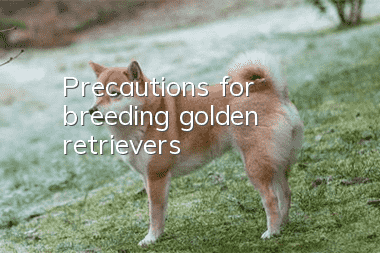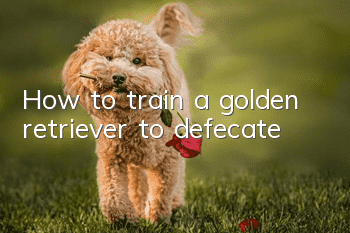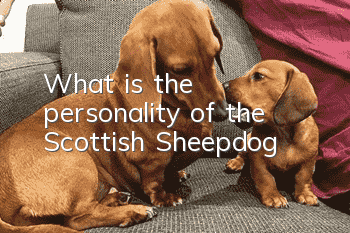Precautions for breeding golden retrievers

Choose a good partner before the female dog goes into heat, and let them hang out together a few times to get to know each other. It is best to breed dogs in the morning, keep an empty stomach, and empty their bowels before breeding. Note: Don’t meet every day as this will lose the novelty.
Location:
In a place where the male dog is familiar with, because the unfamiliar environment will make the male dog nervous and unwilling to mate the dog, on the day of mating, lock the male dog up first to let the female dog get familiar with the environment and relax. Let the male dog out again. Note: The environment when breeding a dog is more important. Choose a quiet place. There should be no outsiders except the owner, and no other dogs to avoid distraction.
Preparation:
Before a female dog goes out, parents must communicate with her, explain the reason for going out, encourage her, and say some comforting words. The dog can get support from your words and expressions.
Process:
During mating, male and female dogs will be connected by their tails. At this time, do not let the female dog move around to avoid injuring the male dog. If the female dog drools, it means she is ovulating, so don’t panic. . During this period, the female dog must be comforted and encouraged. It is best for the owner to be by the female dog's side to comfort her. The process of tail-joining lasts about 10-40 minutes, and a few can last up to an hour.
End:
After the tails are connected and separated naturally, you can first put the male dog into the cage to rest. After giving the female dog some words of encouragement, let the female dog go into another quiet environment to rest. After breeding, do not give food and water immediately, let both parties rest quietly for more than 10 minutes, and do not do strenuous exercise. When resting, it is best for the owner to stay with the female dog.
Special instructions
The most important thing is to understand before breeding whether both parties have character and genetic shortcomings, and whether they have inherited or recessive medical history. If so, they are not suitable for breeding offspring and should be sterilized as soon as possible.
- What to pay attention to after neutering your dog
- What are the dog’s living habits like?
- What should puppies eat to supplement calcium?
- What are the personality traits of the Dogo dog?
- What to do if your dog’s ears smell bad
- What kind of food does a Chow Chow eat?
- How to Make a Homemade Doghouse
- What should I do if my Samoyed puppy keeps barking?
- What fruits are good for Chihuahuas to eat?
- How to eat seaweed powder for dogs



